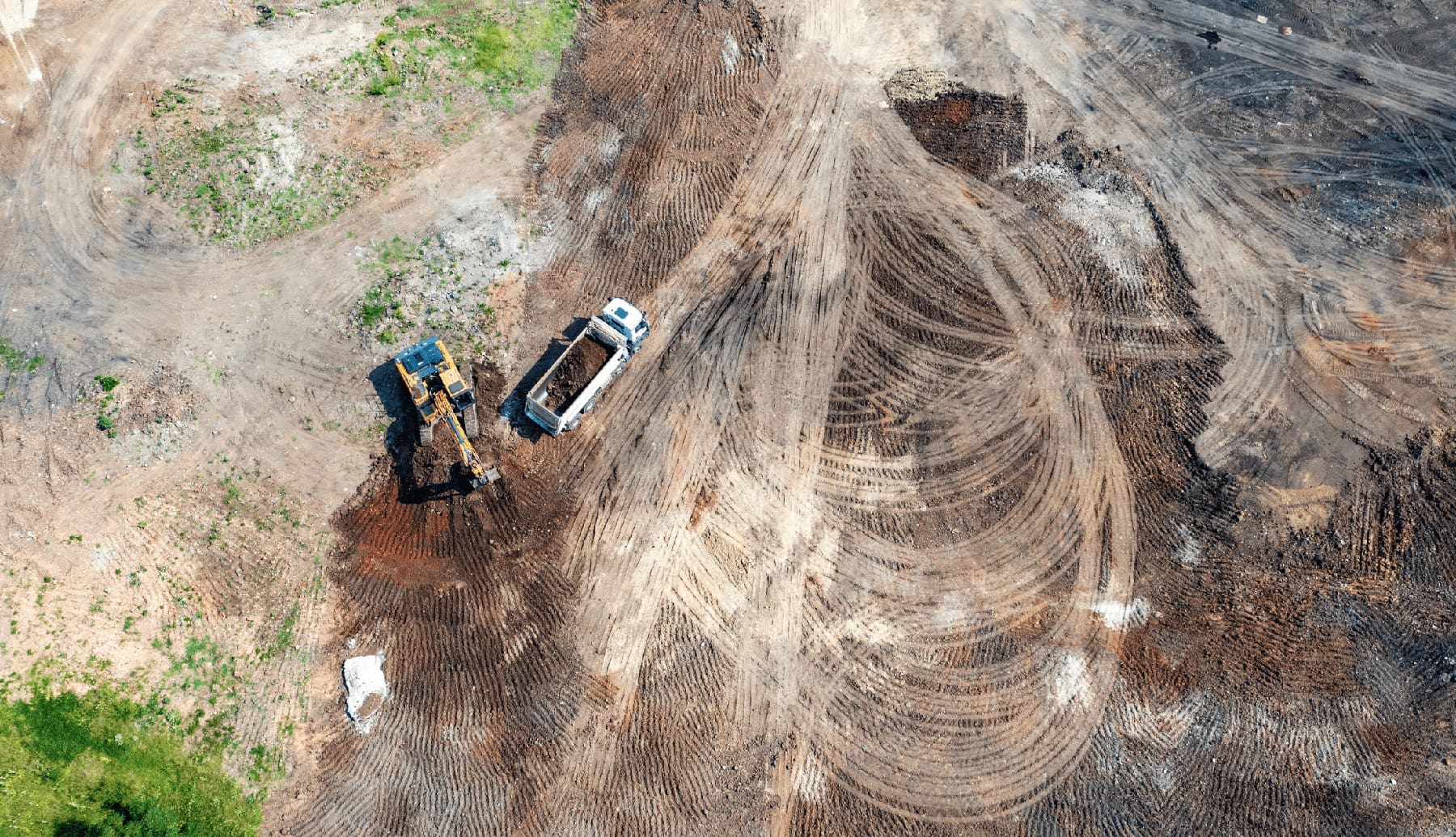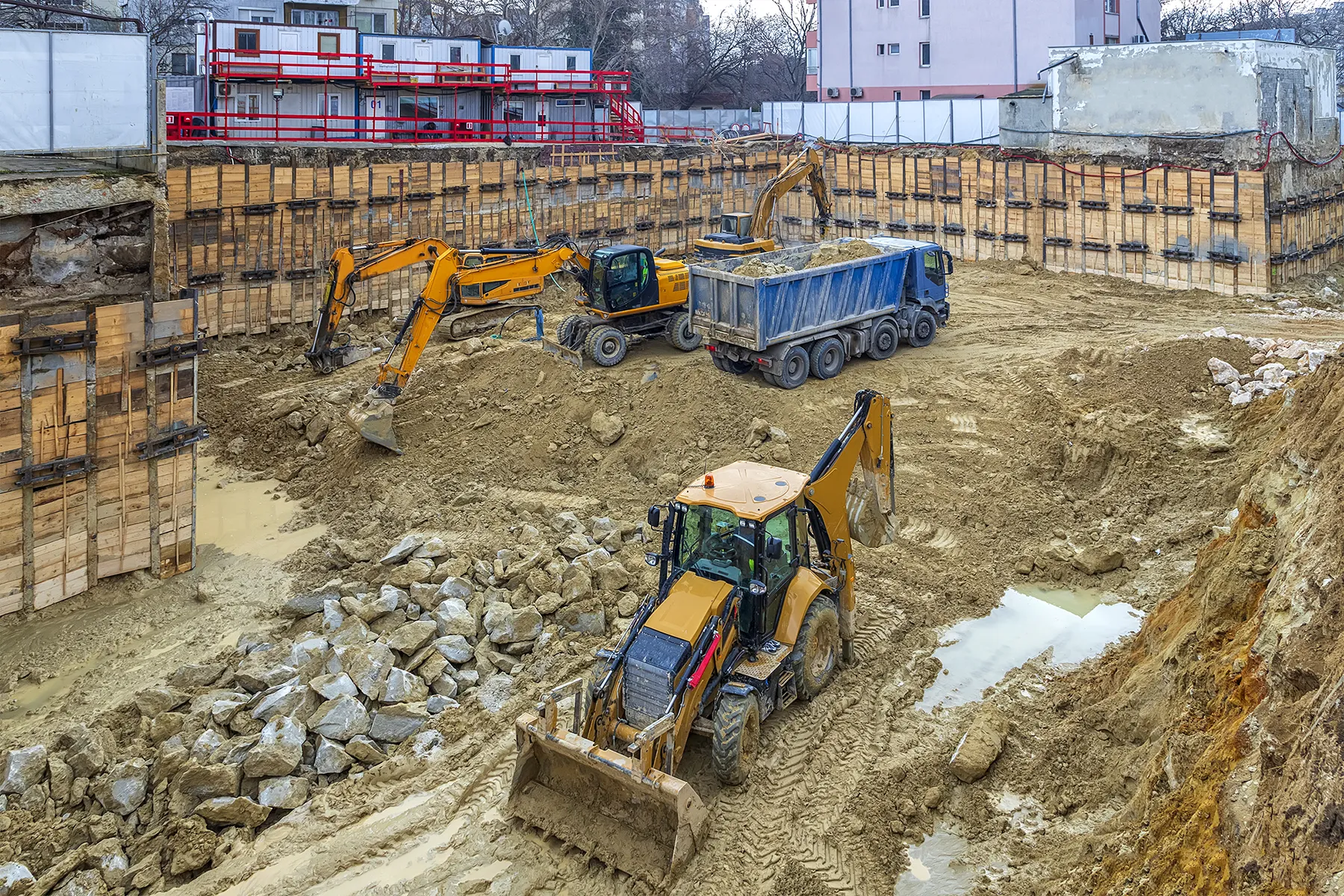
Dynamic Compaction for Roads, Bridges & Airports: Site Preparation
Dynamic compaction is a critical technique in the construction industry, particularly for infrastructure projects like roads, bridges, and airports. This method involves dropping heavy weights from significant heights to improve the soil’s load-bearing capacity, making it suitable for construction.
The purpose of this blog is to educate business professionals on how dynamic compaction can be effectively used in infrastructure projects, ensuring stable and durable foundations. Have you ever wondered how large-scale projects like airports or bridges maintain their structural integrity over time? Dynamic compaction plays a significant role in achieving this stability.
Importance of Site Preparation
Site preparation is the first and most crucial step in any infrastructure project. It involves clearing the site, removing debris, and ensuring the ground is ready for construction. For projects like roads, bridges, and airports, this process is even more important due to the heavy loads these structures will bear.
Dynamic compaction helps achieve a uniform and stable base essential for the longevity of infrastructure. By improving the density and load-bearing capacity of the soil, dynamic compaction reduces the risk of uneven settlement, which can lead to structural failures. This method is particularly effective in areas with loose or granular soils, where traditional compaction methods may not be sufficient.
Soil Stabilization
Soil stabilization is a key component of successful site preparation. It involves modifying the soil properties to enhance its strength and durability. Dynamic compaction is highly effective in stabilizing soils, especially in areas with variable soil conditions.
The process works by using high-energy impacts to rearrange the soil particles, reducing void spaces and increasing density. This not only improves the soil’s load-bearing capacity but also enhances its resistance to environmental factors such as erosion and weathering. For infrastructure projects where stable foundations are paramount, dynamic compaction ensures that the underlying soil can support heavy structures without significant deformation or settlement.
Load-Bearing Capacity
The load-bearing capacity of the soil is an essential factor in infrastructure development. Roads, bridges, and airports require foundations that can support heavy loads without excessive settlement or failure. Dynamic compaction significantly improves the load-bearing capacity of the soil, making it suitable for such projects.
By applying controlled and repetitive impacts, dynamic compaction increases the soil’s density and cohesion. This process is particularly beneficial for granular soils, which are common in many construction sites. Enhanced load-bearing capacity means that the infrastructure built on such soils will be more stable and durable, reducing the risk of structural issues over time.
Infrastructure Development
Infrastructure development projects, such as roads, bridges, and airports, demand precise and reliable ground improvement techniques. Dynamic compaction provides a cost-effective and efficient solution for preparing sites in these projects. The technique is versatile and can be adapted to various soil types and site conditions.
For roads, dynamic compaction ensures a stable subgrade, which is vital for the longevity of the pavement. In bridge construction, it provides a solid foundation that can withstand the heavy loads and dynamic forces exerted by traffic. For airports, where the ground must support not only the runways but also large aircraft, dynamic compaction offers the necessary soil strength and stability.
Compaction Techniques
Dynamic compaction is just one of many compaction techniques available, but it is particularly suited for large-scale infrastructure projects. Other methods include vibro-compaction, static compaction, and deep dynamic compaction. Each technique has its advantages and is chosen based on the specific requirements of the project.
Dynamic compaction involves dropping heavy weights from a height, creating a high-energy impact that densifies the soil. This method is effective for deep soil layers and can be used in conjunction with other techniques to achieve optimal results. The choice of compaction technique depends on factors such as soil type, project size, and environmental considerations.
Wrapping Up
Dynamic compaction plays an essential role in preparing sites for infrastructure projects like roads, bridges, and airports. By enhancing site preparation, soil stabilization, and load-bearing capacity, this technique ensures the stability and durability of these critical structures. At Densification, we possess the expertise and experience to handle these challenges, ensuring that your infrastructure projects are built on a solid foundation.
If you have any questions or need assistance with your project, TALK TO US – WE’RE HERE TO HELP. For more information, please visit our projects page to see real examples of our successful implementations.











